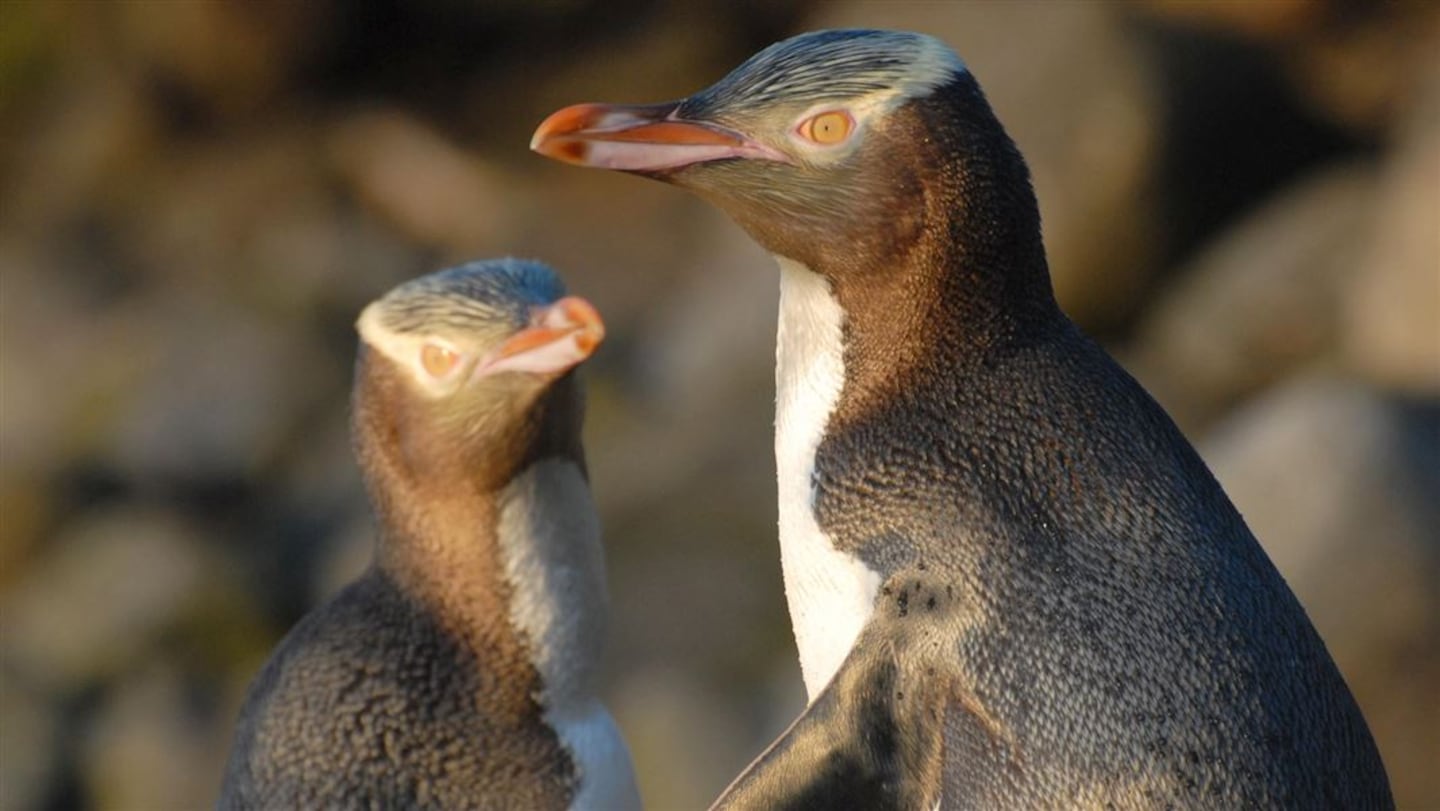Despite winning bird of the year in 2024, the Hoiho, also known as the yellow-eyed penguin, or takaraha, is at serious risk of becoming locally extinct within the next two decades as the number of breeding pairs dwindles dangerously towards zero.
The stark warning, delivered in a joint message by Te Rūnanga o Ngāi Tahu and Te Papa Atawhai / Department of Conservation, shows a significant drop in the number of nests scientists have been able to find in 2024/25.
The seasonal count, taken across Ōtākou, Murihiku and Rakiura (Otago, Southland and Stewart Island), has seen an ongoing decline of 80 percent since 2008/09.
These populations are considered the ‘Northern’ population of nests and breeding pairs. 16 years ago, there were 739, but today there are only 143.
Te Rūnanga o Ngāi Tahu hoiho recovery representative Puawai Swindells-Wallace called the penguin a taonga for Ngāi Tahu.
“It is unthinkable that we could lose them – we don’t really know what impact that could have on the whole ecosystem.
“We need to collectively increase our capacity to support the hoiho to regain their rightful place on our beaches and in our moana.”
Swindells-Wallace has travelled with park rangers and volunteers who are trying to save the species.
“We have some really good people on the ground, but with such a large range to cover, it is extremely challenging.”
There are even higher concerns with there only being less than 100 hoiho chicks on Rakiura / Stewart Island and mainland Aotearoa, with only 20 percent expected to survive to adulthood.
Disease, human disturbances, shifts in the adult diet, fisheries bycatch, and land and marine predators are all contributing to the decline in hoiho populations.
Hoiho also reproduce at a low rate, and only around 20 percent of the chicks that fledge are expected to survive to adulthood.
Aaron Fleming, DOC Southern South Island Director of Operations, has a plan for trying to save the animal from extinction.
“Work to save this taonga species includes predator control, monitoring nests, disease and injury treatment, starvation interventions and planting of native vegetation to restore hoiho habitat.”
Te Kaweka Takohaka mō te Hoiho remains a cornerstone strategy for protecting the critically endangered hoiho (yellow-eyed penguin).
Developed by the Department of Conservation alongside Te Rūnanga o Ngāi Tahu and the Yellow-eyed Penguin Trust, the plan addresses key threats like habitat loss, predation, and climate change. Its holistic approach combines mātauranga Māori with scientific research, reflecting the species’ cultural and ecological significance.
The strategy has driven initiatives such as habitat restoration, predator control, and increased public awareness.




